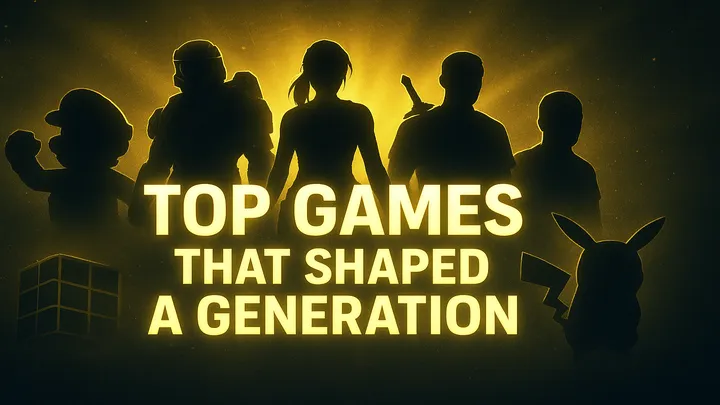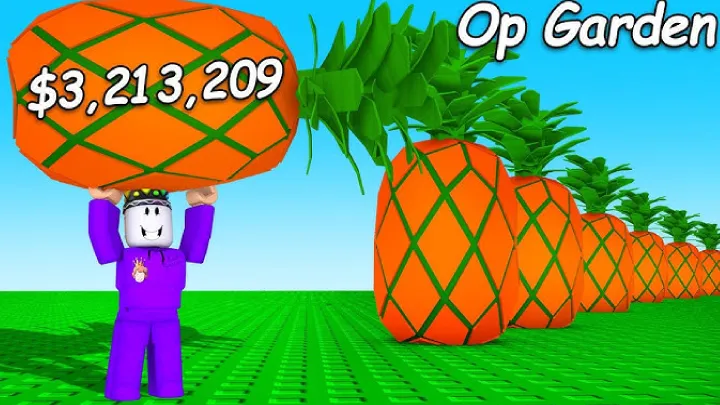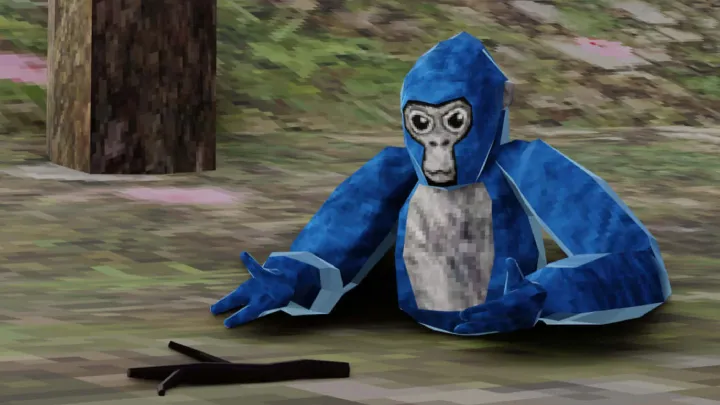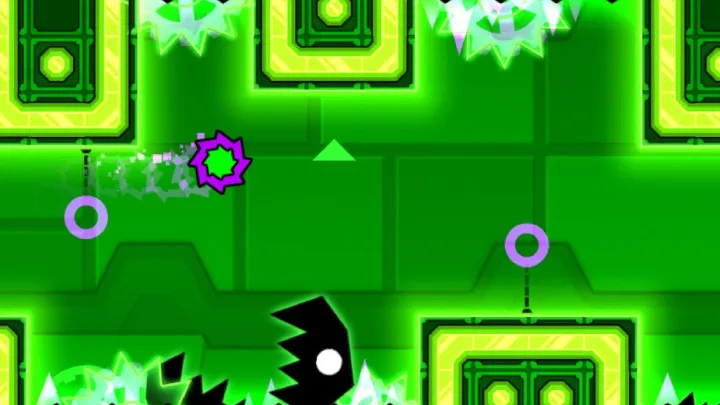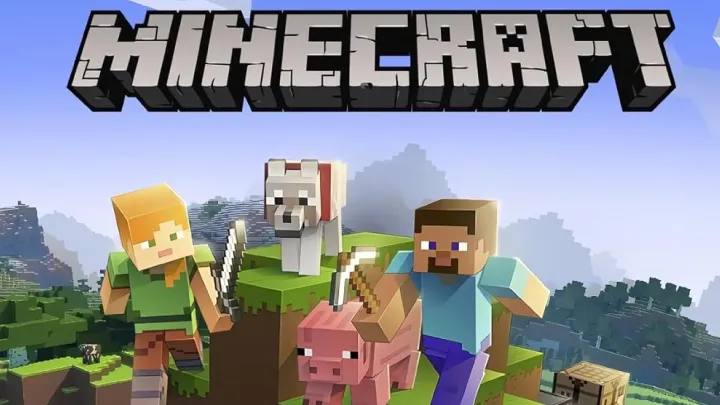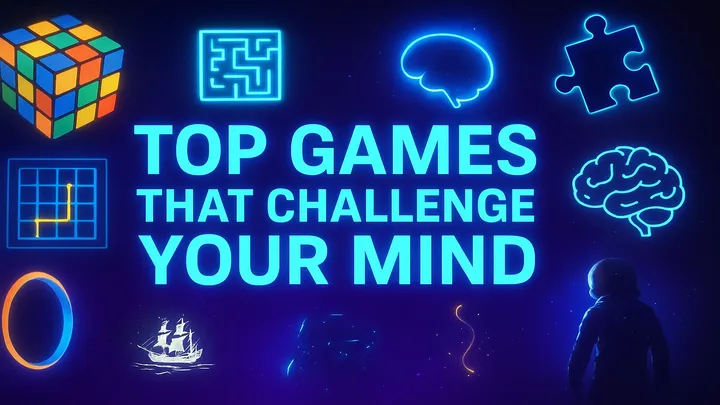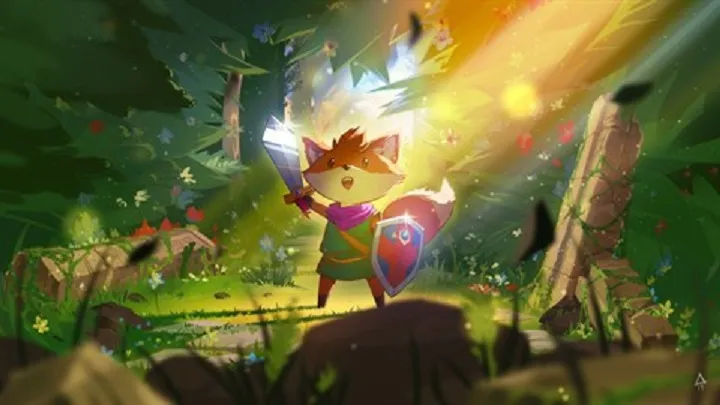Introduction
TUNIC is more than a charming action-adventure starring a small fox in a mysterious land. Beneath its colorful visuals lies a game deeply rooted in secrecy, mystery, and discovery. The defining issue that sets TUNIC apart from countless other adventures is its cryptic language system and hidden knowledge design. The game never explains itself directly. Instead, players must decipher a fictional script, uncover missing pages of an in-game manual, and interpret vague symbols to progress.
This design choice creates a fascinating duality. On one hand, it immerses players into a world of mystery, rewarding curiosity and perseverance. On the other hand, it can frustrate those unaccustomed to ambiguity, leaving them lost without direction. In this article, we will explore this issue deeply, tracing how the hidden language and secrets evolve through a player’s journey. We will break down the stages of discovery, the emotional highs and lows, and the broader lessons TUNIC offers for game design.
First encounters The silent mystery of TUNIC
When players first begin TUNIC, they are struck by silence. No tutorial, no guidance, only a fox awakening in a strange land. The in-game language appears immediately — cryptic glyphs in the menu, signs, and manuals that players cannot understand.
This silent mystery sets the tone. It is both intimidating and exhilarating, suggesting that knowledge must be earned rather than given. For many, this sparks immediate curiosity, while others feel alienated by the lack of clarity.
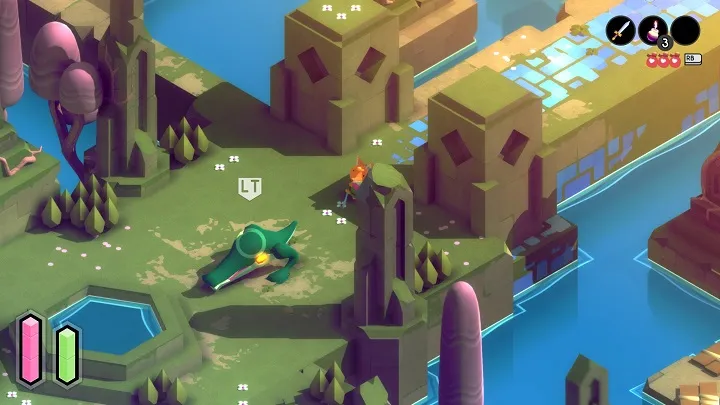
Discovering the manual Pages as fragments of truth
The manual is perhaps the most brilliant element of TUNIC’s design. Players collect scattered pages throughout the world, each filled with cryptic text, hand-drawn illustrations, and hidden hints.
At first, the manual feels like an aesthetic flourish. But as players gather more pages, they realize it contains vital gameplay mechanics, lore, and even solutions to puzzles. The discovery of each page feels transformative, turning confusion into clarity, while still leaving much unsaid.
Mid-game realizations The language is learnable
By the time players reach the mid-game, they begin to suspect that the fictional script is not random but structured. Repeated exposure allows them to recognize patterns, correlating symbols with meanings through context.
This moment is empowering. Players who invest effort into deciphering the script experience an entirely new dimension of the game. What once seemed impossible becomes an invitation to intellectual challenge, blurring the line between puzzle-solving and language-learning.
The joy and pain of ambiguity
Ambiguity lies at the heart of TUNIC’s design. Some players thrive in this environment, embracing the uncertainty as part of the adventure. Each revelation feels earned, not given, creating a sense of ownership over progress.
But ambiguity also creates pain points. Without a traditional tutorial, players can feel stuck for hours, wandering aimlessly. The lack of clear direction risks driving away those who prefer structured guidance. TUNIC’s brilliance is also its barrier.
The emotional rollercoaster of discovery
Discovery in TUNIC is emotional. Solving a puzzle without guidance produces euphoria — a true “aha” moment. Yet failing to see a solution or missing a clue in the cryptic language can lead to despair.
This emotional rollercoaster is intentional. The game wants players to feel vulnerable and triumphant, to experience the frustration of ignorance and the thrill of enlightenment. It mirrors the fox’s journey: small, fragile, but capable of great things with persistence.
Community collaboration The rise of collective decoding
The cryptic nature of TUNIC naturally encourages community collaboration. Online forums, Reddit threads, and Discord servers became hubs for decoding the fictional language and uncovering hidden mechanics.
This collective effort echoes real-world linguistic discovery. Like archaeologists or cryptographers, players pool knowledge to break down mysteries. For many, the joy of TUNIC is not only in solo play but also in sharing revelations with others.
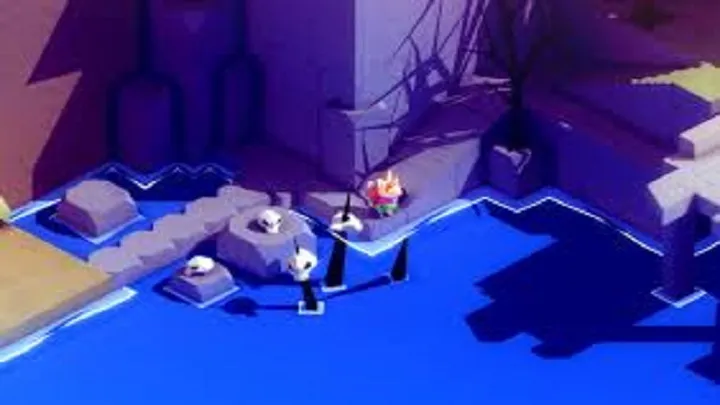
The hidden truths Endgame revelations
As the game progresses toward its end, players realize that the cryptic language conceals not just mechanics but lore. Entire narrative threads are locked behind the ability to interpret symbols and manual pages.
The endgame pushes players to look back at everything they thought they knew. Puzzles that once seemed decorative reveal themselves as essential. The culmination of hidden truths rewards those who embraced the game’s philosophy of curiosity and persistence.
Accessibility challenges Who gets left behind
While TUNIC’s secretive design is brilliant, it raises accessibility concerns. Not all players have the time, patience, or cognitive ability to decipher cryptic languages and abstract puzzles.
This creates a divide. Some celebrate the design as a return to old-school gaming, where manuals and mysteries were part of the experience. Others criticize it as exclusionary, arguing that brilliance should not come at the cost of accessibility.
Lessons for game design The balance of mystery and clarity
TUNIC offers valuable lessons for future game design. Mystery can be a powerful tool, transforming a simple adventure into a layered experience. But too much opacity risks alienating players.
A potential balance lies in optional layers of depth: allowing casual players to enjoy the game at surface level while rewarding dedicated players who dive deeper into the mysteries. TUNIC flirts with this balance but leans heavily toward the cryptic, making it a niche masterpiece rather than universally accessible.
The legacy of TUNIC and its cryptic language
TUNIC’s cryptic language and hidden knowledge will likely remain its defining legacy. It reintroduces mystery into modern gaming, an era often dominated by tutorials, quest markers, and hand-holding mechanics.
By daring to be obscure, TUNIC invites players to think, to collaborate, and to feel the weight of discovery. Whether loved or criticized, its impact on design philosophy is undeniable.
Conclusion
The cryptic language and hidden knowledge in TUNIC create one of the most unique experiences in modern gaming. From the first bewildering steps to the final revelations, players are forced to navigate ambiguity, wrestle with frustration, and bask in the triumph of discovery.
This design choice is both genius and divisive, creating a game that is unforgettable for those willing to embrace its mysteries while challenging for those who prefer clarity. TUNIC proves that secrecy can be as powerful a mechanic as combat, shaping not just gameplay but the entire emotional journey of the player.








